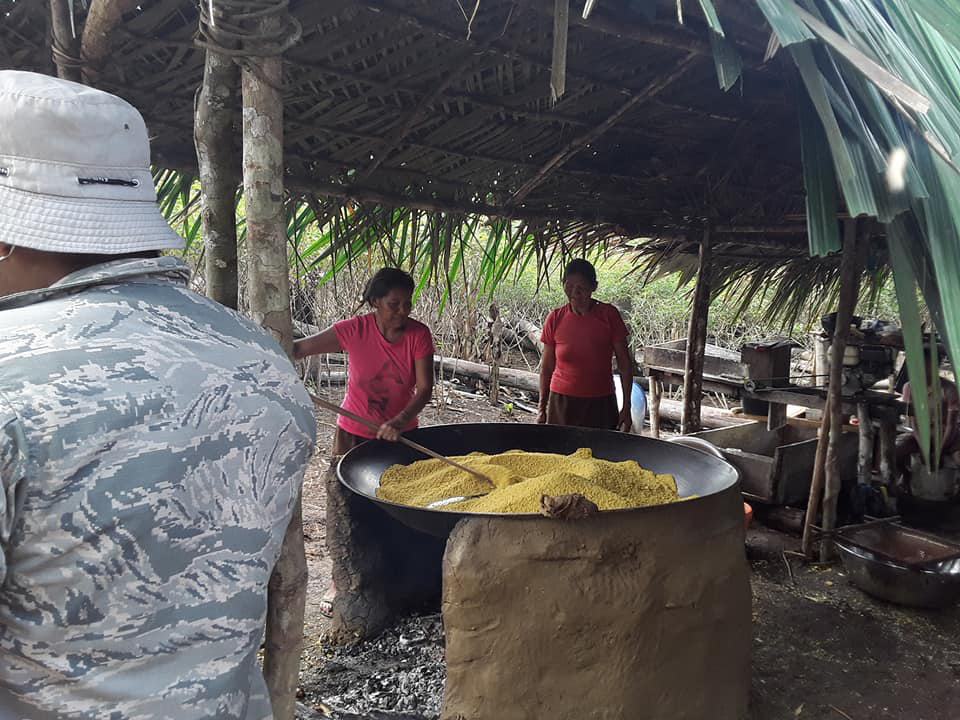While floodwater is receding from some Rupununi communities, Region Nine Chairman Bryan Allicock yesterday reported that water levels in at least two North Rupununi villages are rising.
Speaking with Stabroek News from Lethem, Allicock explained that Community Service Offi-cers who had visited the district over the weekend have reported that Massara and Kwaimatta are now flooded.
He said efforts were underway by the regional council to get hampers to the affected communities.
“We were told that the water levels is rising there in the North Rupununi. The farms are flooded and just like in the south the cassava roots are rotting. The water has been in the farmlands for some time but now it is rushing down from the mountain,” Allicock explained to this newspaper.
He stated that by this afternoon, a team should depart with food hampers and cleaning supplies for the communities.
He added that the regional council is monitoring the situation and depending on the water levels they might have to send treated water to the communities.
“With the water level rising they might not be in a position to use the …wells and other sources of drinking water might be contaminated because… latrines and the livestock pens are opened up. It will not be safe for them to use the water there,” he further added.
Meanwhile, he said that preparations are underway to send additional food hampers to Masakenari, which has also been flooded.
By Wednesday, he said, that they will have access to a sky van and will send the supplies to the community.
As of yesterday, several farmers from Masakenari, who were forced to prematurely reap their cassava crops, had started to process their produce to make farine.
Additionally, Allicock said that four families remain in shelters in Lethem and assistance is being provided to them daily.
He stated that as the water has been receding, the council has been distributing sanitisation packages to affected families to aid in their clean up.
With more flooding expected during the wet season, Prime Minister Mark Phillips pledged that government will be extending its support to residents of the affected areas.
In a post on his Face-book page, he added that while the Civil Defence Commission (CDC) has shipped over 2,000 hampers to the region, the organisation will also monitor the situation on the ground throughout the coming weeks as more rain is expected.
Meanwhile, Michael Thomas, Vice Chairman of the South Rupununi District Council, said that should farms remain waterlogged food security over the next three months would come under threat.
“At this point there isn’t much that we can do because the cassava roots are not mature. The farmers are trying to harvest but in some areas the water is high already. We never estimated that the flooding will come this high so early in the season,” he lamented.
During the CDC’s visit to the inundated villages of Shea, Awarewaunau, Maruranau and Aishalton in the Deep South Rupununi, Shea’s Toshao, Jason Kaikan said that over 60 homes have been affected by the floods. A building, used as a garage for the village tractor collapsed as a result of the rising waters, killing six sheep. In some areas of Shea, the water rose to four feet.
In a statement, Director General of the CDC, Lieutenant Colonel Kester Craig, said that he is working with the private sector to source essential items for the affected areas. He also committed to closely monitoring the impacted areas in Region Nine and to work with local authorities to ensure that residents are safe.






